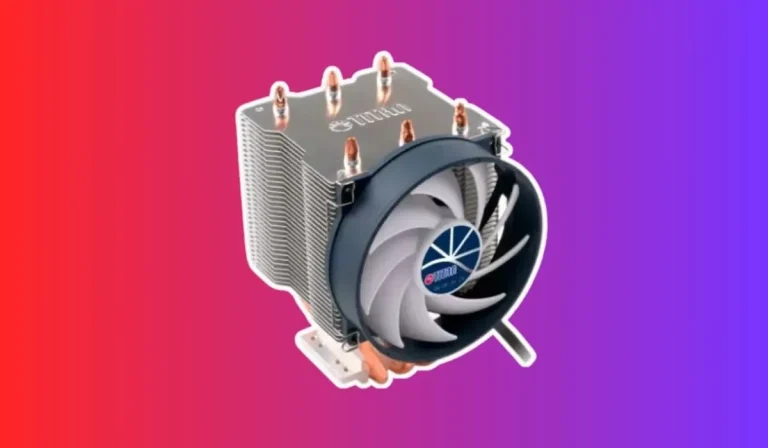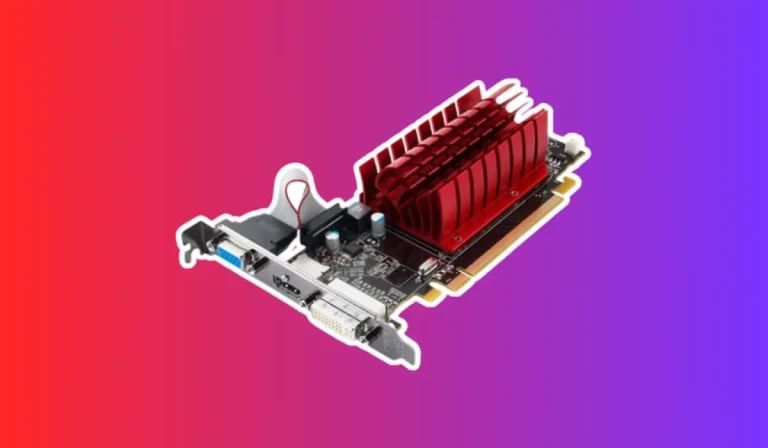How do you identify a fake GPU before buying it?
Are you in the market for a new graphics card? Hold on! Before you make a purchase, it’s crucial to understand the dangers of counterfeit GPUs. We’ll delve into the risks associated with buying fake graphics cards and explore how they can impact performance, reliability, and even your safety.
What Are the Warning Signs in Packaging and Labels?
Poor Quality Packaging
One of the first things to examine is the overall quality of the GPU’s packaging. Counterfeit products may have packaging that feels flimsy, lacks attention to detail, or shows signs of poor printing quality. Look for any inconsistencies in color, texture, or finish. Legitimate GPUs typically come in sturdy, well-designed packaging that reflects the brand’s attention to detail.
Misspellings or Inconsistencies
Fake GPUs often have packaging or labels with spelling mistakes, grammatical errors, or inconsistent branding. Carefully inspect the text on the packaging, including product names, specifications, and warranty information. Genuine products undergo thorough quality control, ensuring accurate labeling and branding.
Holographic Seals, Serial Numbers, and Barcodes
Check for holographic seals, serial numbers, and barcodes on the packaging. Counterfeit GPUs may have poorly replicated holographic seals that lack authentic shimmer or are easily damaged. Verify the serial numbers and barcodes by comparing them to the manufacturer’s official records. Any inconsistencies or signs of tampering could indicate a fake product.
What Should You Look for in the GPU’s Physical Appearance?
Authentic Product Design and Branding
Compare the GPU in question with official product images from the manufacturer’s website. Look for any discrepancies in the overall design, shape, or branding. Counterfeit GPUs may feature subtle variations in the logo, font, or color scheme. Genuine products undergo rigorous design and quality control, ensuring consistency in their appearance.
Craftsmanship and Build Quality
Take a closer look at the craftsmanship and build quality of the GPU. Authentic graphics cards are manufactured with precision and attention to detail. Check for any signs of subpar workmanship, such as uneven coloring, rough edges, or loose components. Counterfeit cards might exhibit inconsistencies in the placement of connectors, screws, or cooling elements.
Legible and Accurate Product Labeling
Examine the product labeling on the GPU. Authentic graphics cards have clear and legible labels with accurate information about the model, specifications, and certifications. Counterfeit products may have blurry or poorly printed labels, incorrect model numbers, or missing regulatory markings. Ensure that the labeling matches the official specifications provided by the manufacturer.
How Can You Verify the GPU’s Performance and Benchmark Scores?
Research Official Specifications
Start by researching the official specifications of the GPU model you’re interested in. Manufacturers provide detailed information about the GPU’s core clock speed, memory type and size, and other performance-related features. Compare these specifications with the seller’s listing to ensure they match. If there are significant discrepancies, it could be a sign of a counterfeit product.
Check Benchmark Tests
Benchmark tests are vital to evaluate a GPU’s performance. Look for reliable benchmark results for the specific GPU model you’re considering and compare them with the advertised performance. Reputable websites and tech forums often conduct thorough benchmark tests, providing insights into the GPU’s real-world performance. If the GPU you’re looking at consistently underperforms compared to similar models, it may be a fake.
Read User Reviews and Experiences
User reviews and experiences can offer valuable insights into a GPU’s performance. Look for reviews from trusted sources or users who have firsthand experience with the same GPU model. Pay attention to any complaints or inconsistencies regarding performance, stability, or compatibility. If multiple reviews raise concerns about performance issues, it’s advisable to exercise caution.
FAQ’s
1. Can I rely solely on the seller’s reputation to ensure I’m buying a genuine GPU?
While a reputable seller can reduce the risk of purchasing a counterfeit GPU, it’s important to perform your own due diligence. Counterfeit products can sometimes slip through even the most trusted sellers, so it’s crucial to verify the GPU’s authenticity through other means.
2. Are significantly lower prices a clear indication of a fake GPU?
Not necessarily. While unusually low prices can raise suspicion, it’s not a definitive indicator of a fake GPU. Counterfeiters have become adept at mimicking genuine products and may offer seemingly attractive prices to lure unsuspecting buyers. It’s always recommended to thoroughly assess other factors, such as packaging, physical appearance, and performance, to determine authenticity.
3. Can I rely solely on the holographic seal to identify a genuine GPU?
While holographic seals can be an important security feature, counterfeiters have become skilled at replicating them. Therefore, it’s not advisable to rely solely on the presence of a holographic seal to determine a GPU’s authenticity. It’s crucial to examine other aspects, such as packaging, labeling, and performance, to make an informed decision.
4. Are all GPUs without manufacturer warranties considered fake?
Not necessarily. While most legitimate GPUs come with manufacturer warranties, the absence of a warranty does not automatically indicate a fake product. S
5. Can I trust online marketplaces for purchasing genuine GPUs?
Online marketplaces can be a convenient platform for purchasing GPUs, but they also pose risks due to the presence of counterfeit products. It’s crucial to thoroughly research and assess both the seller and the specific GPU listing before making a purchase.
Conclusion
When it comes to identifying a fake GPU before buying it, relying solely on the seller’s reputation or price is not enough. Take the time to research the official specifications, compare benchmark results, and read user reviews.
Additionally, contacting the manufacturer directly to verify warranty information and official records can provide further reassurance. Remember, staying vigilant and thorough in your assessment will help you make an informed decision and avoid falling victim to counterfeit products.




